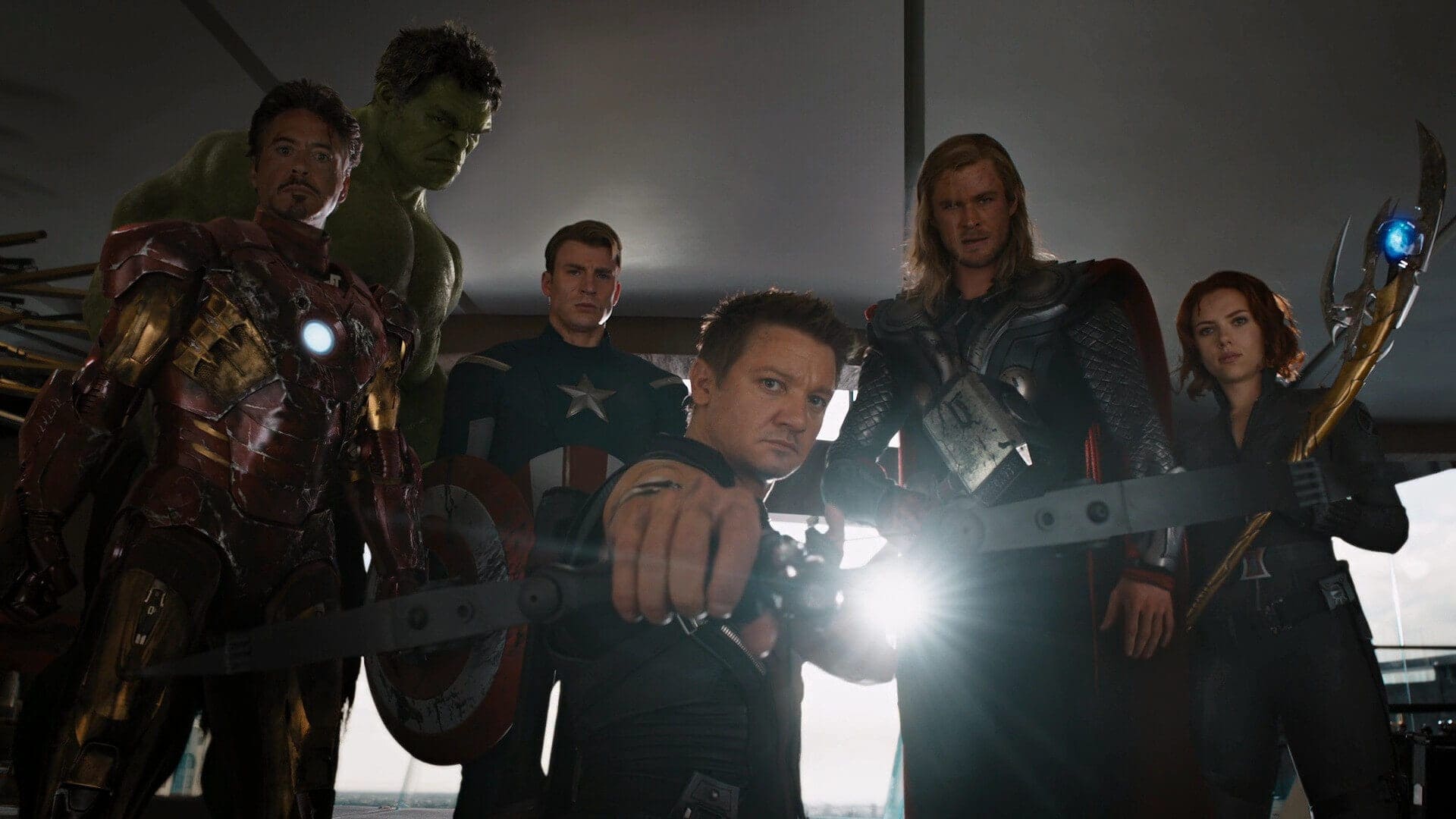Table of Contents Show
The Social Bandit is a mainstay in American Pop Culture. Most notably, these defenders of the people are seen in the Outlaws of the Wild West and Gangsters in the 1920s, but they are making yet another comeback on screen today. The principles that make up the notions of Social Bandits parallel the rise of today’s superhero craze in American Popular Culture. The similarities, specifically, are the situations surrounding their rise in popularity, the characters having the support of the people, and acting with moral code despite acting outside the law.
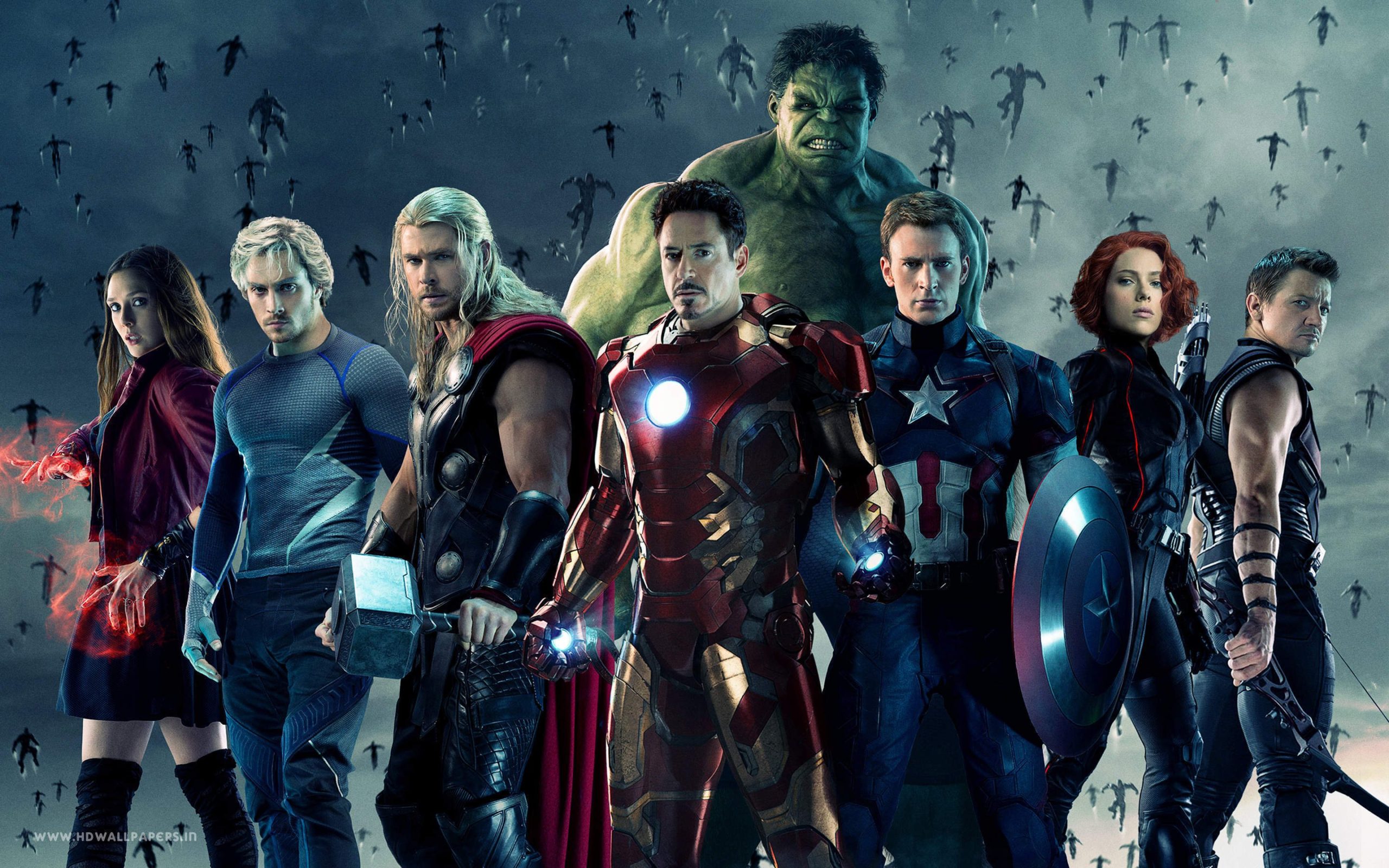
Stories of the Social Bandit are resurging in the form of the superhero craze that began in the 2010s. In comparison, the superhero character has existed since the 1930s, and film productions were not widely successful until the 2010s. Out of the top thirty highest-grossing films of all time, a quarter of them were superhero films made after 2010. (( “Ratings, Reviews, and Where to Watch the Best Movies & TV Shows,” IMDb, accessed February 10, 2021. )). This displays that there has been a significant rise in the popularity of superhero movies. These superhero characters share many core traits with that of the traditional Social Bandit in how they operate and the situations that surround their surge in popularity.
Social Bandits Rely On Public Support
A Social Bandit differs from a regular bandit or criminal because they have the support of the public. A Social Bandit is defined as “peasant outlaws whom the lord and state regard as criminals, but who remain within peasant society, and are considered by their people as heroes, as champions, avengers, fighters for justice, perhaps even leaders of liberation, and in any case as men to be admired, helped and supported” (( Eric John Ernest, Bandits (New York: New York Press, 2000), 20). )). The importance of this definition is to highlight that while these individuals do indeed break the law, they are not considered criminals by the public.
These outlaws can avoid arrest due to the public’s support, which can be classified into three different levels of support. These levels are their “kinship network” of relatives and friends that personally know the Social Bandit, “active supporters” who aid and vocally support the Social Bandit, and “passive sympathizers” who do not loan aid directly but neither do they aid in the capture or arrest of the Social Bandit (( Richard White, “Outlaw Gangs of the Middle Border: American Social Bandits,” The Western Historical Quarterly 12 (1981): 389, doi:10.2307/968851). )). Without this support system, the authorities would undoubtedly stop Social Bandits from their illegal activities, rendering them simple criminals.
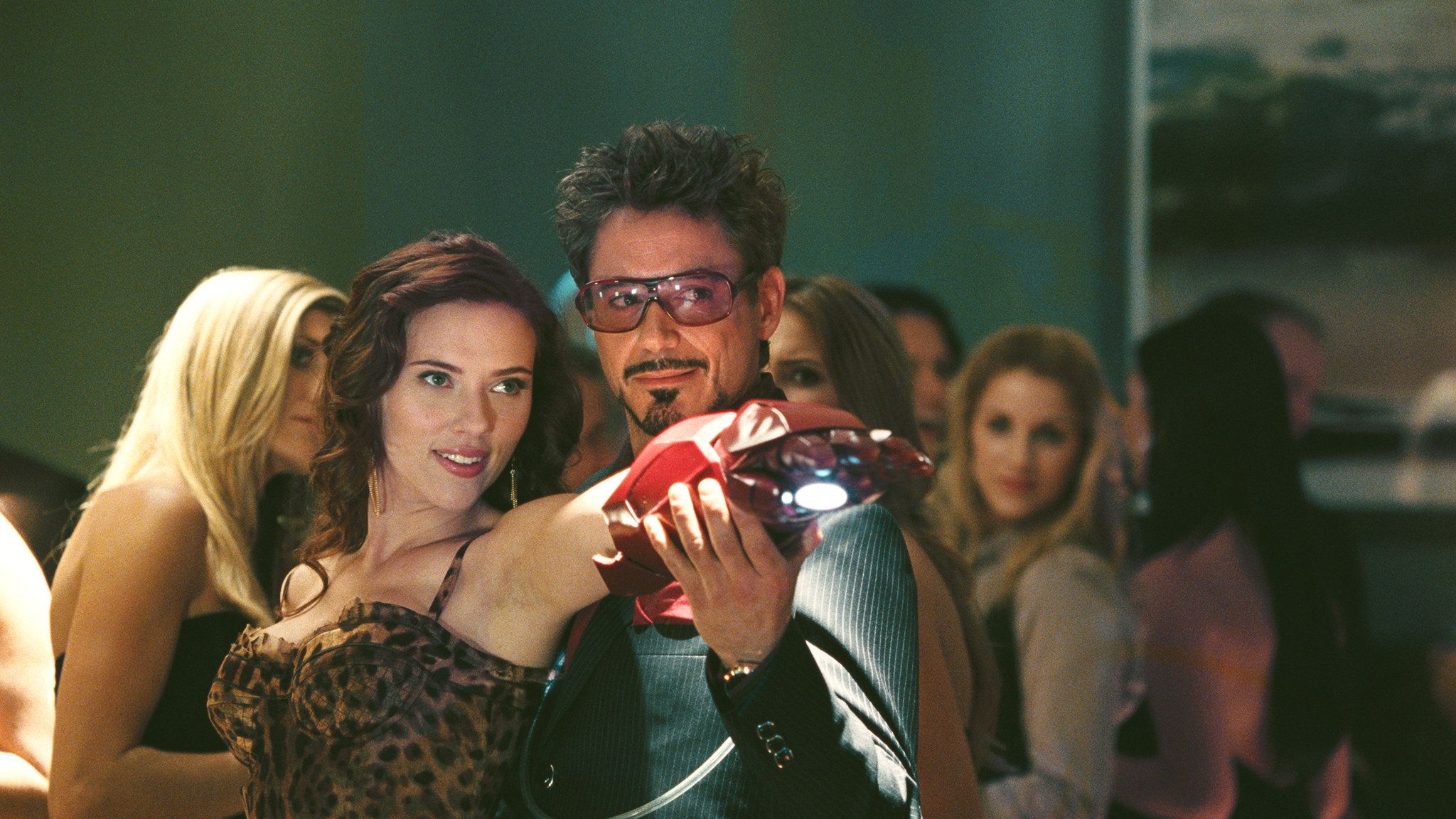
The superheroes we see on screen today absolutely operate under these same principles. In the Iron Man movies, Pepper Potts is indicative of the ‘kindship network’ since she knows Tony personally and supports his adventures as Iron Man. The various fans we see greeting Tony/Iron Man or the reporters discussing him positively on the news represent his ‘active supporters.’ Lastly, the staff that continues to work at his company, the socialites that invite him to their parties, and everyone else he casually interacts with without mentioning Iron Man represent the ‘passive sympathizers.’
Through this three-layered system, the public has decided to support the Social Bandits because they are perceived as doing a social good despite their actions being technically illegal. Without public support, the government would have easily taken away the Iron Man suit from Tony, and the superhero narrative would have never occurred. So, just as with traditional Social Bandits like Outlaw cowboys or 1920’s gangsters, the public’s support is the backbone of the superhero’s existence.
The Importance Of A Moral Code
The next logical question one might ask is, ‘why does the public support superheroes?’ Once again, the answer is rooted in a core concept to traditional Social Bandits; the adherence to a moral code. Superheroes highlighted in the film industry today act outside of the law regularly. In virtually every superhero movie, one will undoubtedly see superheroes destroying property, committing assault, and stealing from civilians.
All of these acts are that of a criminal. Yet, the public chooses to applaud superheroes because they are perceived as doing these things to achieve a larger social good, such as protecting a city or capturing a criminal. This contains obvious parallels to the traditional examples of Social Bandits who are supported for acting against agencies like banks and railroad companies that were seen as neglectful and hurtful to the people.
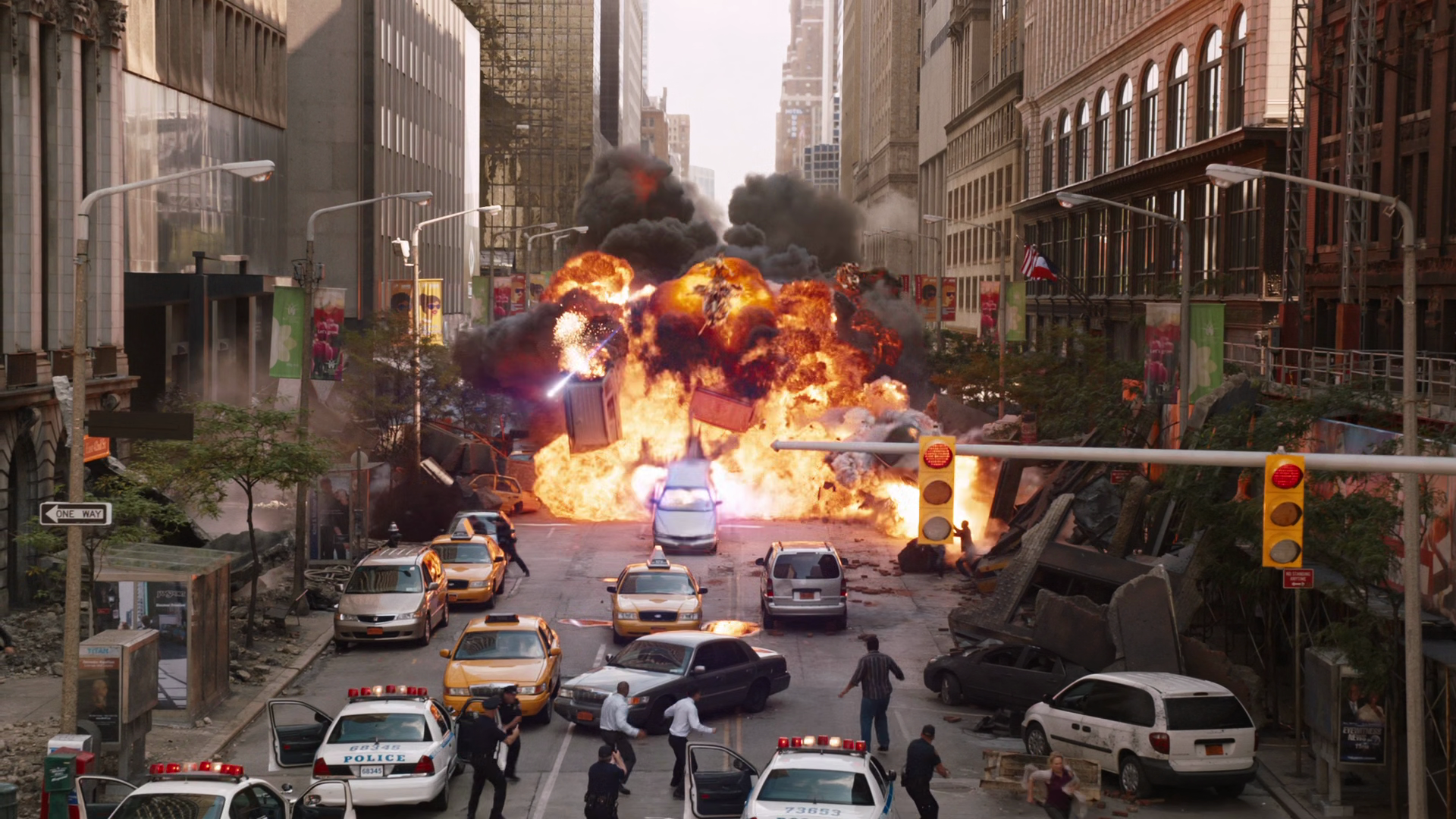
In addition to completing a societal need that has not been met, most often seen as protection from something, these superheroes always have a moral code that they abide by. A few examples include Batman’s vow never to kill, Thor’s pledge to protect the humans of Earth, and Wonder Woman’s acts to protect women and children. The importance of this moral code can be seen when one compares superheroes to the villains within their same franchises. Supervillains conduct similar destructive actions but because they lack the moral code, they are labeled as villains rather than heroes even if their motivation isn’t nefarious.
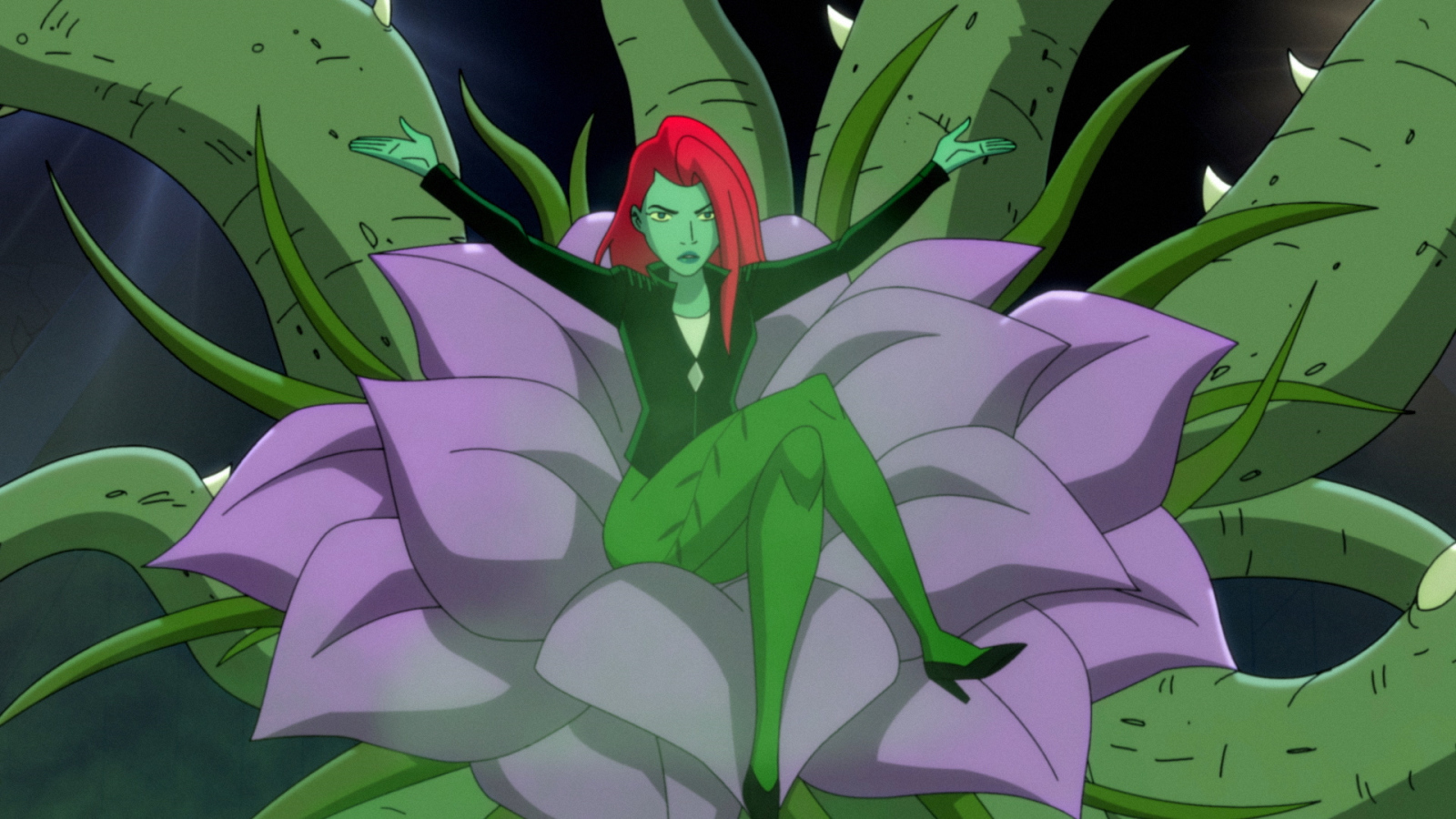
DC comics’ Poison Ivy is an excellent example of this. Her motivation is to save the environment, a decidedly pure goal, but because there is no line she will not cross, the public refuses to support her. The extreme harm Poison Ivy can create in the short term is seen as more of a threat than the benefit her actions might bring in the long term. Her lack of a moral code prevents her from attaining the public’s support, and thus she is made a villain rather than a Social Bandit.
Why Now?
Now that the similarities between the actions/labeling of Social Bandits and superheroes have been established, it is important to look at the similarities in the rise of these groups’ rise in popularity. Social Bandits, like cowboys, have traditionally been more active during times of systematic governmental failings and economic distress. This is seen in the way that outlaws are often noted as robbing banks and trains, which were “symbols of the forces which kept the common man in economic and social bondage” (( Richard E. Meyer, “The Outlaw: A Distinctive American Folktype,” Indiana University Press 17 (1980): 97). )).
These institutions were often responsible for the economic suffering of rural Americans. Trains often resulted in fires burning down farmers’ crops and then refused to pay for what they had destroyed. Banks were well known for mistreating Americans with extreme interest or poor loans (( Richard E. Meyer, “The Outlaw: A Distinctive American Folktype,” Indiana University Press 17 (1980): 97). )), thus leaving the common American in economic hardship with no way to recover. The rise of superhero movies mirrors this trend.
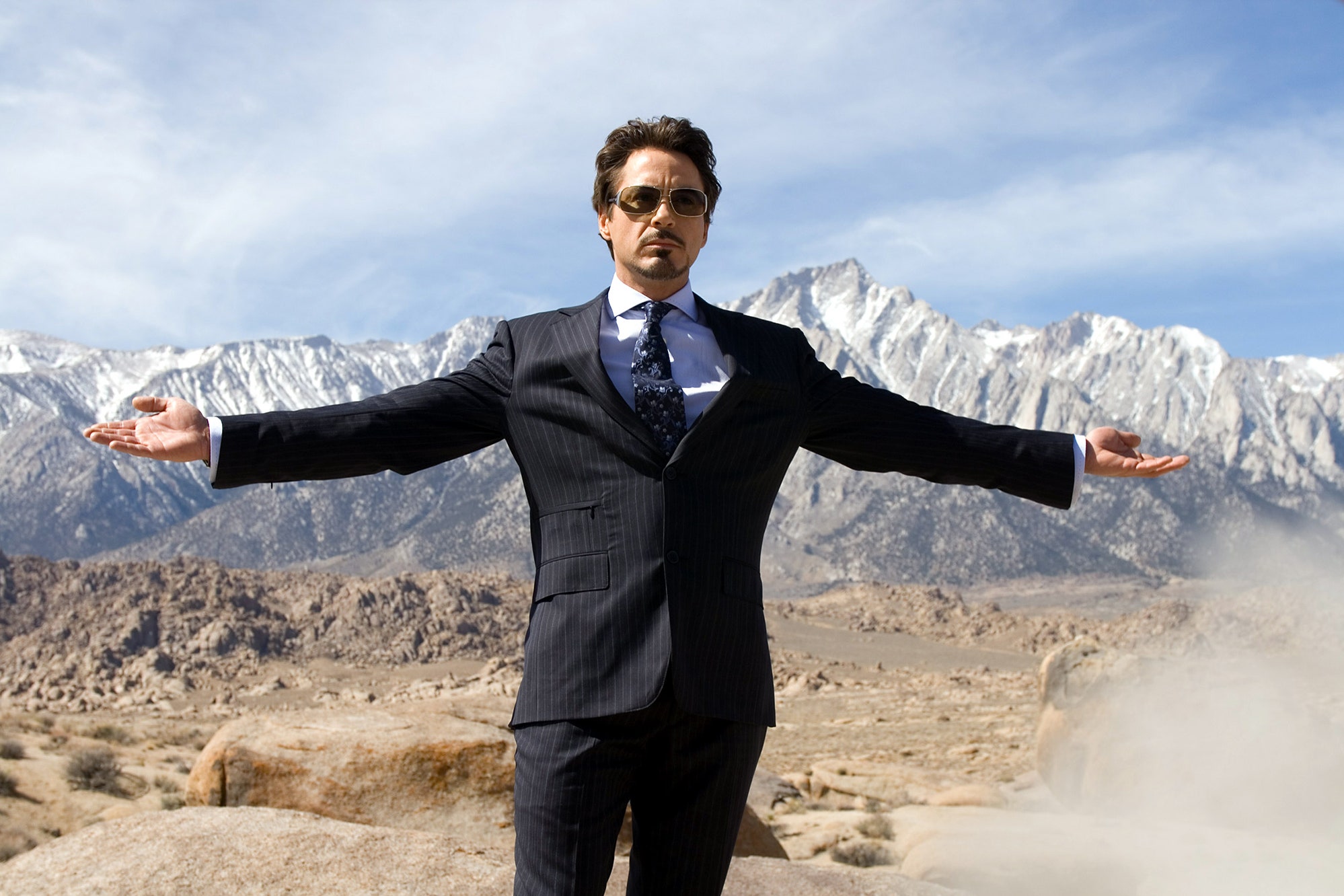
The major box office successes that started this superhero film era were Iron Man, directed by Jon Favreau, and The Dark Knight, directed by Christopher Nolan. These films were released in May of 2008 and July of 2008, respectively, which put them right in the middle of the US financial recession, which lasted from 2007-2009. Some might suggest that the timing of these films’ success was largely coincidental, but box office reports suggest otherwise. Many other superhero-based films were created in the decade prior to the recession that did not do nearly as well critically or at the box office.
In fact, there was another Batman movie (the same hero featured in the Dark Knight) made by the same director and studio in 2005 that didn’t do nearly as well. The two Batman films even featured the same staring actor. Still, the 2005 film only brought in a third of the box office revenue that The Dark Knight did (375 million compared to 1.005 billion) (( “Ratings, Reviews, and Where to Watch the Best Movies & TV Shows,” IMDb, accessed February 10, 2021. )). Thus, superhero films’ success only began in a time of economic downfall, which again mirrors the conditions under which the cowboy Social Bandit was created and thrived.
What Happens When The Social Bandit Isn’t Needed Anymore?
The situation under which Social Bandits and superheroes flourish are very similar, as are the ways in which they fail. Though the overwhelming majority of the population supported cowboys, there were always voices of dissent. Some people didn’t think they were performing social good or that the Social Bandit’s supposed good deeds did not make up for the crimes he had committed along the way. Similarly, superhero films often have opposing forces in the military or places of power trying to contain them for their illegal actions.
The film Captain America: Civil War is a superhero movie that circulates around the argument that superhero characters should be held accountable for the destruction that they have caused. Now that the government feels capable of handling the issues that heroes were previously addressed, the movie demonstrates how society limits Social Bandits as they become seen as less necessary.

This is very similar to historical cowboys in the fact that once the actions of banks and railroads became less disruptive, public opinion shifted, and the crimes being committed to seem less like actions for public benefit. When this happens, the Social Bandit becomes less useful because the public does not need their service to compensate for anything missing or a need not being met. When people started feeling protected and economically sound, the Outlaw started to disappear, just as when the people within superhero movies felt protected by their government; the superheroes were asked to stop ‘helping.’ From that point onwards, the superheroes, like the cowboys, were forced into hiding and had to disappear from the public eye.
Superheroes Are Part Of American Tradition
Whilst superheroes are obviously a work of fiction, the conditions under which they rose to popularity and the topics that they revolve around hold great similarities to that of cowboys. Therefore, superheroes could reasonably be considered a continuation of this American tradition.
Modern Superhero stories follow the same trajectory as those of past cowboys and their narratives. They work outside of the law, rely highly on public support to remain in operation, have a moral code, and rose to success under similar social and economic pressures. Therefore, today’s superhero could be considered a modern-day Social Bandit.
